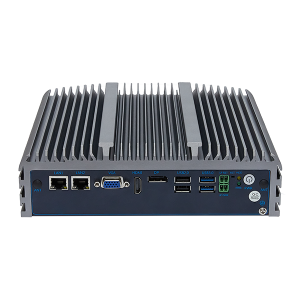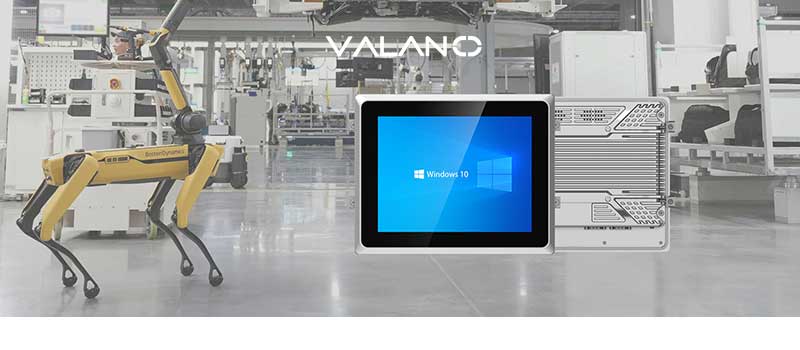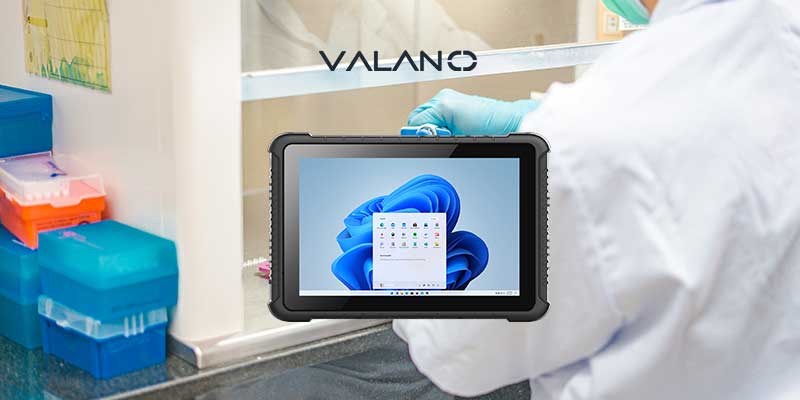The Growing Importance of Industrial Embedded Computers in Automation and Industry 4.0
Introduction: The Rise of Industrial Embedded Computers
Industrial embedded computers are becoming an essential part of modern industrial automation, providing the computing power needed for operations that are more efficient, reliable, and smarter. These systems are designed to withstand harsh conditions and support a wide range of applications across industries like manufacturing, logistics, robotics, and more. As industries move toward Industry 4.0, the demand for industrial embedded computers continues to rise.
According to a Markets and Markets report, the global industrial embedded computing market is expected to grow from $13.7 billion in 2020 to $21.6 billion by 2025, a compound annual growth rate (CAGR) of 9.7%. This rapid growth is driven by the increasing need for automation, data processing, and IoT integration in industrial operations.
What Are Industrial Embedded Computers?
An industrial embedded computer is a rugged, specialized computing system built for use in industrial environments. These systems are designed for tasks like machine control, data acquisition, monitoring, and automation, and are highly valued for their reliability and durability. Unlike consumer-grade computers, embedded systems are purpose-built, energy-efficient, and optimized to operate in harsh conditions.
Key Features of Industrial Embedded Systems
-
Durability and Ruggedness: Industrial embedded computers are engineered to withstand extreme temperatures, high vibrations, dust, and humidity. Many of these systems feature fanless designs, making them more resilient and easier to maintain.
-
Energy Efficiency: The need for low-power systems is rising, as industries aim to reduce operating costs and carbon footprints. Systems like the Valano IC08-D Industrial Embedded Computer are designed for energy efficiency, offering performance without excessive energy consumption.
-
Compact Form Factor: These systems are compact and easily integrated into machines, control panels, or other industrial equipment, making them ideal for space-constrained environments.
Applications of Industrial Embedded Computers
1. Manufacturing Automation
One of the primary applications of industrial embedded computers is in manufacturing automation. These systems enable real-time data processing, which is crucial for monitoring production lines, controlling machines, and automating complex processes. Embedded systems in manufacturing can improve operational efficiency, reduce downtime, and optimize workflows.
For example, the Valano IC08-D can be used to monitor machine performance, ensuring optimal operation and alerting operators to any issues before they lead to costly downtimes. The system’s ability to handle real-time data and communicate seamlessly with sensors makes it an invaluable tool for smart factories.
2. Robotics and AI
Industrial embedded computers are also driving innovation in robotics and AI-powered automation. These systems process data from sensors and actuators to control robotic arms, autonomous vehicles, and other intelligent systems. The need for high-performance computing at the edge is growing, as robotics applications require quick decision-making and real-time processing.
The role of AI in smart manufacturing is also increasing. Embedded computers play a key role in AI-powered robots by processing data for tasks like object recognition, pathfinding, and predictive maintenance.
3. Logistics and Supply Chain
In the logistics industry, industrial embedded computers are crucial for real-time tracking, inventory management, and fleet management. With the ability to handle data from GPS sensors and manage real-time adjustments, embedded systems help optimize delivery routes and vehicle maintenance schedules.
4. IoT Integration
The rise of the Industrial Internet of Things (IIoT) is one of the key drivers of embedded computer adoption. According to IoT Analytics, the IoT market is projected to reach $267 billion by 2025. Industrial embedded computers are integral to processing data from IoT sensors, providing edge computing capabilities to reduce latency and improve decision-making in real-time.
Industry 4.0 and Future Trends
As industries transition to Industry 4.0, industrial embedded computers are becoming even more critical. Industry 4.0 refers to the fourth industrial revolution, characterized by the integration of IoT, AI, machine learning, and automation into manufacturing and other industrial sectors.
According to Grand View Research, the Industry 4.0 market is expected to reach $156.5 billion by 2025, with embedded computing systems being central to this transformation. These systems enable real-time data collection, predictive maintenance, and smart decision-making—all of which are essential for maximizing efficiency in the modern industrial landscape.
Energy Efficiency and Sustainability
Energy efficiency is becoming a top priority for industrial systems, as companies look for ways to reduce energy consumption and lower their carbon footprint. Low-power, high-performance embedded systems are key to achieving these goals. Systems like the Valano IC08-D are optimized for energy efficiency, making them ideal for continuous operation in manufacturing plants, warehouses, and supply chains.
Conclusion: The Growing Role of Industrial Embedded Computers
The future of industrial automation and smart manufacturing is directly tied to the continued development of industrial embedded computers. These systems provide the necessary performance, durability, and energy efficiency to support the growing demands of Industry 4.0. As industries expand their automation capabilities, industrial embedded computers will continue to play a crucial role in optimizing production processes, enabling real-time decision-making, and improving sustainability.
The Valano IC08-D Industrial Embedded Computer exemplifies the kind of rugged, reliable, and energy-efficient system that is driving innovation in industries today. Investing in these systems will help businesses stay competitive as they adopt more advanced automation technologies.








